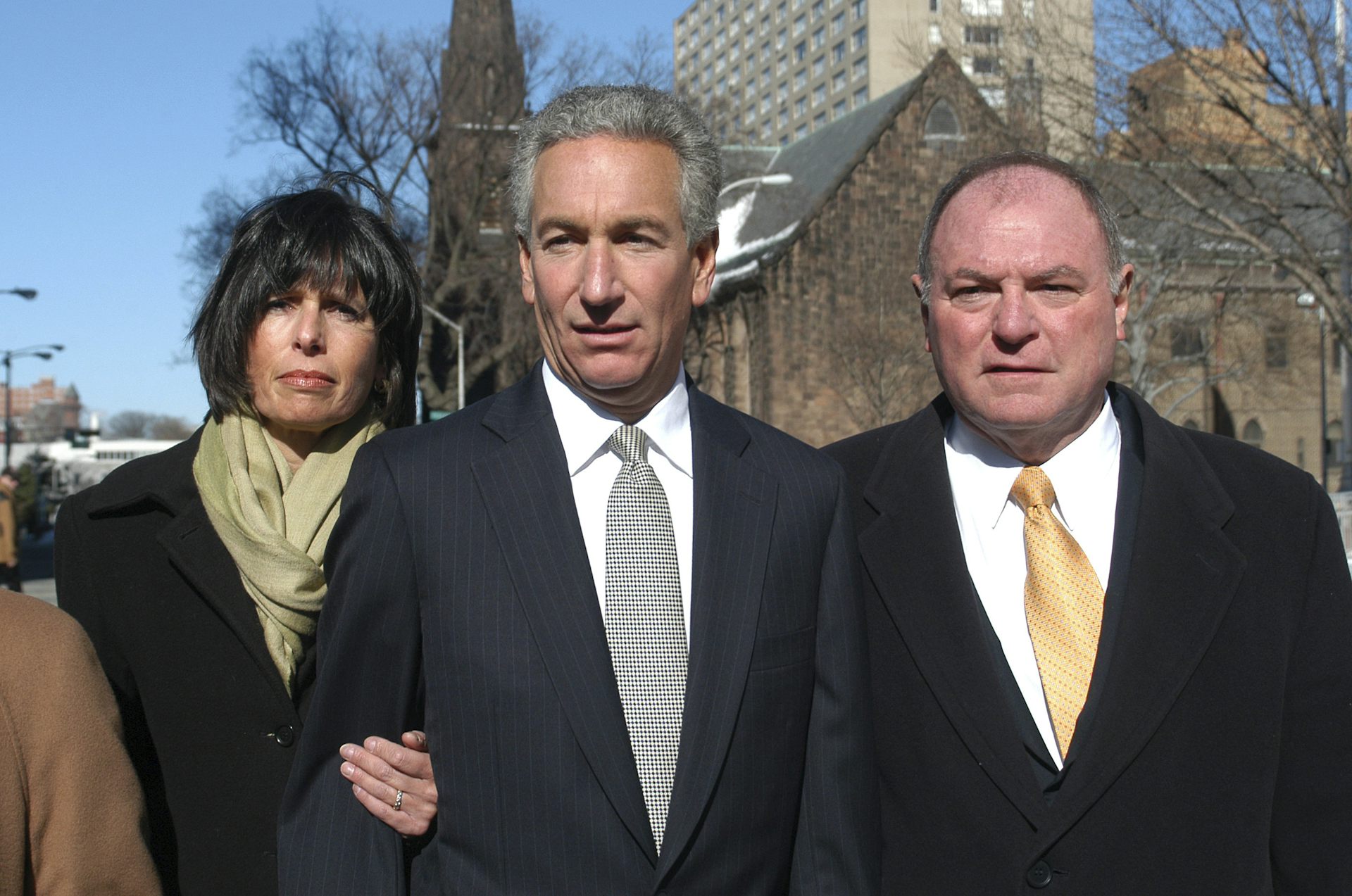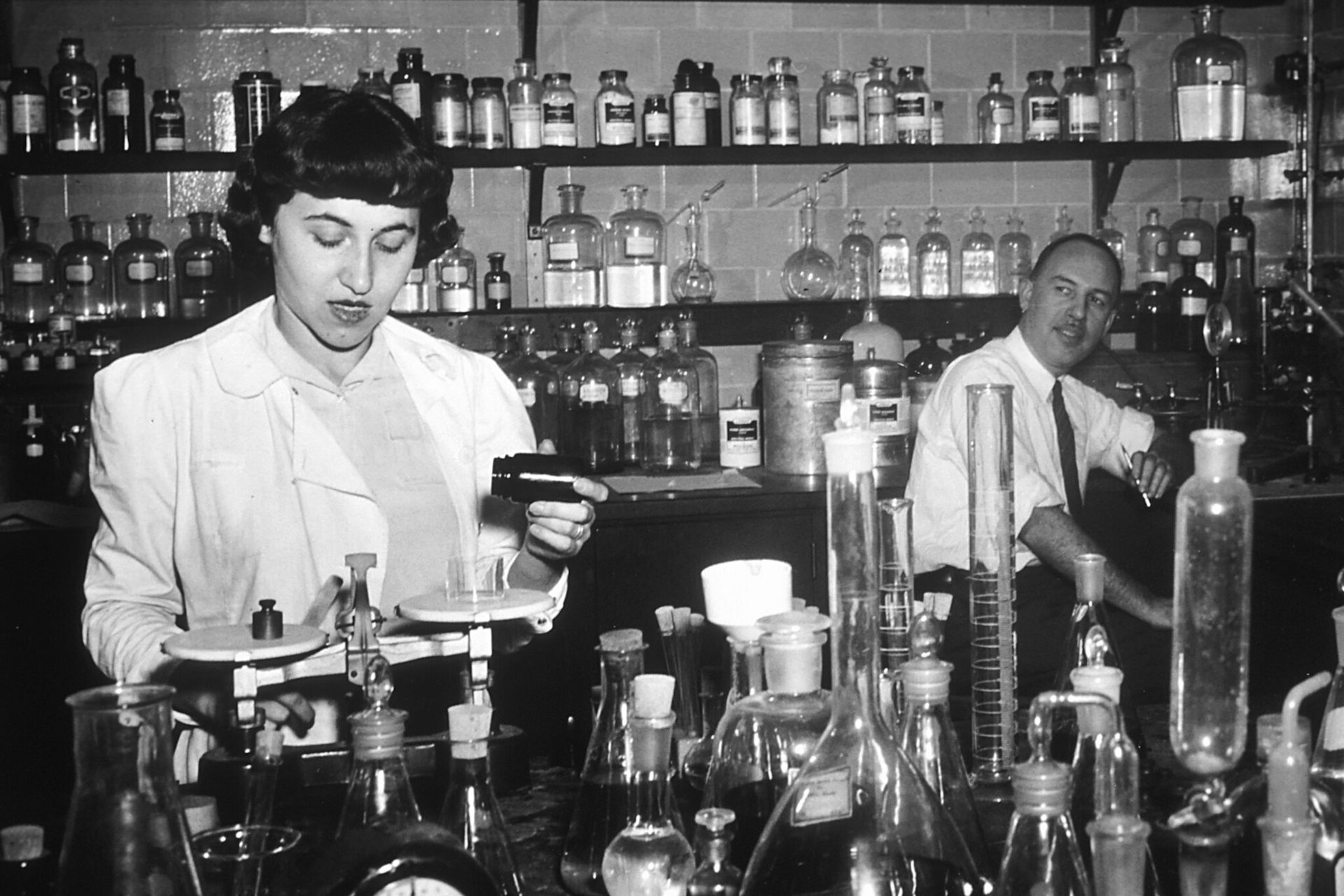How affirmative action could cure cancer and heart disease
Affirmative action programs at universities are under threat by the Trump administration. That could be especially damaging to medical education. Who knows who holds the idea for the next great cure?

Affirmative action programs are designed to provide access to high-quality higher education for underrepresented minorities, but the Trump administration is targeting these essential programs by directing resources toward investigating and possibly suing colleges and universities that use race as a factor in admissions.
Providing women and minorities with access to our finest educational research institutions is not only morally correct, it makes good sense. I know this because I started a program that provides minority students with biomedical research training at Columbia University, and I have witnessed firsthand how dramatically lives can be changed.
Diversity not only improves biomedical research training programs but is essential to them, as a cursory look at medical history shows.

Without Dr. Charles Drew, a graduate of Amherst College, McGill and Columbia, blood transfusions and blood banks would not have saved thousands of lives in World War II.
Dr. Daniel Hale Williams, a graduate of Northwestern University Medical School, was one of the first surgeons to repair a knife wound to the heart. Dr. Percy Julian, the second black to be elected to the National Academy of Sciences, was a leader in the synthesis of steroids for treatment of endocrine disorders – but he wasn’t allowed into high school because the only one in his hometown of Montgomery was all-white. Dr. Jane Wright pioneered cancer chemotherapy after graduating from Smith College and New York Medical College.
Tragically, there are brilliant students who could be the next Drs. Drew, Williams, Julian and Wright, but they may never get a chance to excel. They come from disadvantaged backgrounds and lack access to resources that could make them competitive with more privileged students. And, importantly, I have found many do not believe they belong on the campuses of the best biomedical research schools.
Efforts by the Trump Justice Department to reduce or eliminate affirmative action hearken back to earlier times, when admission to our best educational institutions was limited to wealthy, Christian whites (and mainly men). I remember being told in the spring of 1972 that a certain outstanding university had enough Jews and I was not wanted. Fortunately, another outstanding college had a more open-minded policy.
Learning that it’s OK to love science
Choked with emotion, I listened to student testimonials this past August at the closing dinner of Columbia University’s Summer Program for Underrepresented Students (SPURS), an affirmative action program designed for students of color or those from disadvantaged backgrounds, or both.
“I never knew there were other people like me who love science,” said one black student who had grown up in a tough neighborhood in Los Angeles.
Several students spoke of being homeless, living in shelters but coming in each day to do research in biology laboratories at Columbia. Others mentioned walking home through the South Bronx each night after work because they couldn’t afford subway fare. And others said they hadn’t felt welcome on an Ivy League campus before the summer, but now knew they belonged.
SPURS enables minority students, most of whom are undergraduates at public colleges or universities, to train in research laboratories at Columbia University for the summer.
I started SPURS 15 years ago to improve diversity in biomedical research, which remains predominantly a whites-only profession run by old, white men.
I believe people of color and disadvantaged backgrounds deserve access to the best educational institutions in our country. Moreover, these students are smart, and we need smart students to pursue careers in biomedical research and to discover new cures for diseases.
The past is still part of our present
Many famous institutions of higher learning owe their origins to wealthy slave owners, some of whom are still honored on campuses. Without affirmative action programs, I fear that powerful forces dedicated to preventing people of color from achieving will be largely unopposed.
What is the evidence that affirmative action is required to improve diversity in higher education? Well, the experiment has been done.
In the 21 years since Proposition 209 banned affirmative action in California, black student enrollment at UC Berkeley fell from 6.3 percent of freshmen in 1995 to 2.8 percent, and at UCLA from 7.1 percent to 4 percent.
What is the evidence that students of color do not have access to advanced training in scientific research? According to the U.S. Census Bureau, in 2010, Hispanics, African-Americans and Native Americans made up over 30 percent of the U.S. population, but less than 9 percent of recipients of doctoral degrees in the sciences.
For those persons of color who do receive doctorates in the biomedical sciences, their prospects for competing for federal research funding are dim. Indeed, in 2010 only 1 percent of principal investigators funded by the National Institutes of Health were black and 4 percent were Hispanic, compared to 16 percent Asian and 71 percent white.
Diseases are diverse, and their researchers should be
Why is diversity important in biomedical research? There are diseases that afflict populations based on race, gender and socioeconomics. For example, African-Americans have a high incidence of hypertension, African-American males have higher rates of prostate cancer diagnosis and women with West African ancestry have higher incidences of more aggressive, difficult-to-treat forms of breast cancer. Poor people are more likely to suffer from obesity and diabetes. While it is possible that a white male-dominated profession could focus on cures for diseases that afflict poor blacks and Hispanics, it is far more likely that scientists from these backgrounds will seek cures that can benefit their communities.
Examples of SPURS students using the opportunities provided to them to the fullest abound. A SPURS alumnus just received his M.D./Ph.D. from Columbia; another got her doctorate in biology at Harvard. A SPURS student who worked in my laboratory for two summers is now a graduate student at Columbia studying neuroscience. All are African-American. They openly state they would not be where they are without the chances affirmative action programs such as SPURS offered them.
This year we received 180 applicants for 20 openings. Each student gets a stipend and housing on the Columbia campus. SPURS allows them to meet students from all over the world and to immerse themselves in an academic community. The student who remarked that he didn’t know people like him loved science was amazed to learn that unlike the kids in his neighborhood in L.A., the 19 other SPURS students he had met and worked with that summer shared his passion for research. He was stunned that they did not laugh at him because he is black and wants to work on a project to find new treatments for high blood pressure.
SPURS is funded in part by a federal grant, but if the Trump proposal to cut NIH funding succeeds, support for diversity programs will likely be among the first casualties. Eliminating affirmative action would end SPURS, ruining the dreams of many disadvantaged students and crushing the spirit of some of our brightest, hardest-working and most creative biomedical researchers, making us a lesser country and likely preventing or delaying important new discoveries.
Andrew Marks receives funding from the National Institutes of Health.
Read These Next
The ‘one chatbot per child’ model for AI in classrooms conflicts with what research shows: Learning
AI tutors are often held up as an ideal, but prioritizing individualized teaching can detract from the…
Pardons are political, with modern presidents expanding their use
Trump and Biden have issued pardons at a faster clip than their predecessors. Many of their decisions…
Christmas trees are more expensive than ever in Colorado — what gives?
Most Christmas trees are imported from other states, which drives up costs.






